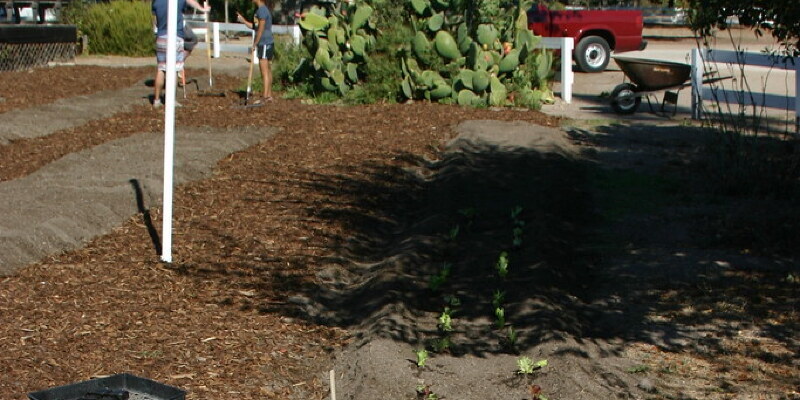Lilies are among the quintessential signs that warmer weather has arrived, with different varieties blooming from late spring through autumn. If you planted a bulb after the first frost and you’re still awaiting the blossom to appear, the plant could only need a little additional time. But there’s an opportunity the bulb is already dead — you must dig it up to find out.
Age
Newly planted bulbs can take their time to blossom, sometimes up to 150 days. That is approximately five months. If you’re still awaiting your lily to blossom but the foliage seems healthy, give it a little additional time. Some bulbs do not flower at all of their very first year, so don’t be discouraged if fresh ones fail to blossom initially. Conversely, if you planted your lily years back, it might not bloom because it is too old. Even though most lilies are perennial in Mediterranean climates, they eventually stop producing blossoms and perish, often because too many rhizomes are crowded together underground.
Poor Drainage
Lilies need frequent watering to bloom properly, but they can not survive standing water. Make sure to plant your bulb in well-draining soil that remains moist without being overly wet. Too much moisture may cause the bulb to decay and support damaging fungal development, such as fusarium, which causes basal decay.
Damage
Your lily bulb creates a tasty treat for many types of animals. Deer are known to paw at the loose soil above a brand new bulb to access it, while mice and rabbits attack from below. Slugs, snails and worms might take a taste as well, leaving holes and other damage behind. Even when these animals do not eat the entire bulb, it might be damaged enough that it won’t grow or can not blossom.
Exposure
Lily bulbs should be planted as soon as possible, after the last frost in the spring or before the first frost in the autumn. Keeping them out of the ground, even out of season, can expose them to the elements. They can dry out or get too hot; the two conditions can kill the arc without obvious external damage. If you plant the bulb to near the surface of the soil, the exposure to sunlight can harm the bulb.
